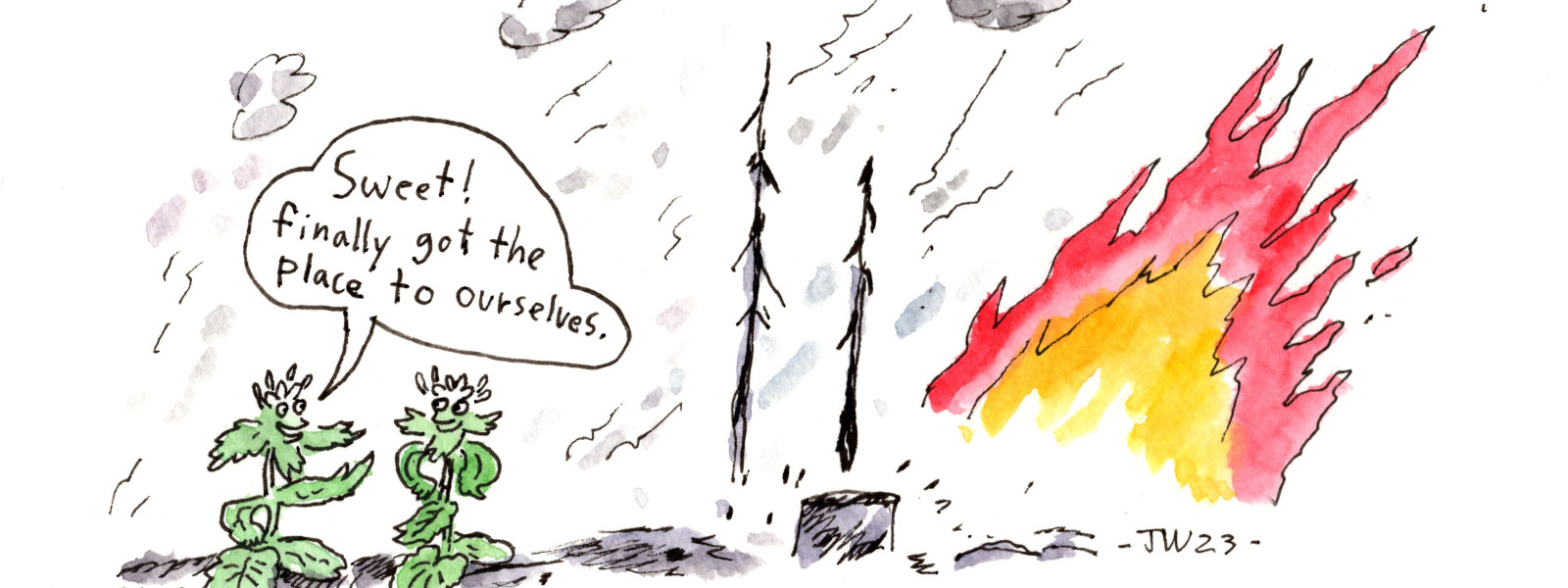
The 15th annual Pull Together was a roaring success, despite a two-week delay due an ice storm.
The event featured speakers highlighting invasive species management following wildfire, EDRR response to several emerging aquatic invasive species in our region, Washington State University's PICOL Database, communication tools for discussing pesticide risk, and how adaptive capacity can help us better understand invasives species ability to persist in a changing climate.
courtesy of Jon Wagner, East Multnomah SWCD
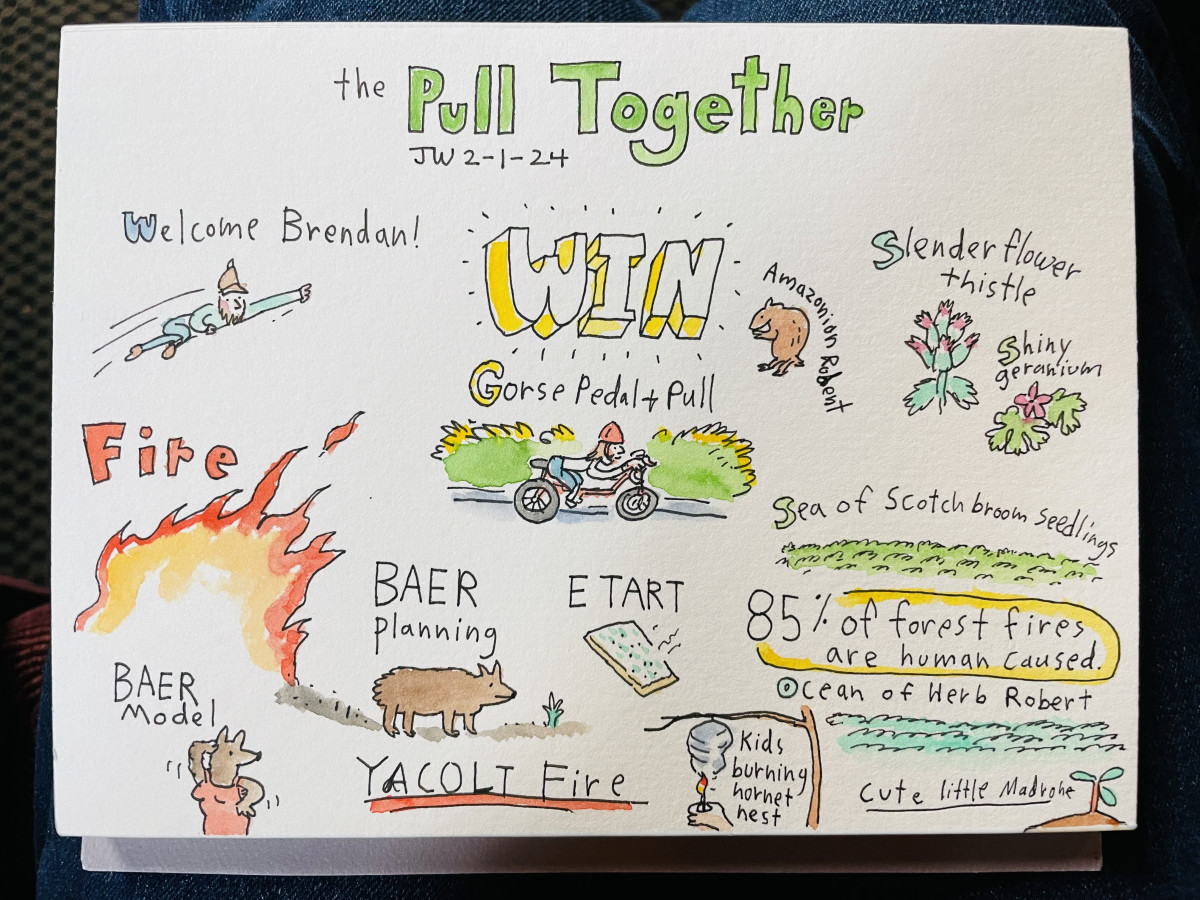
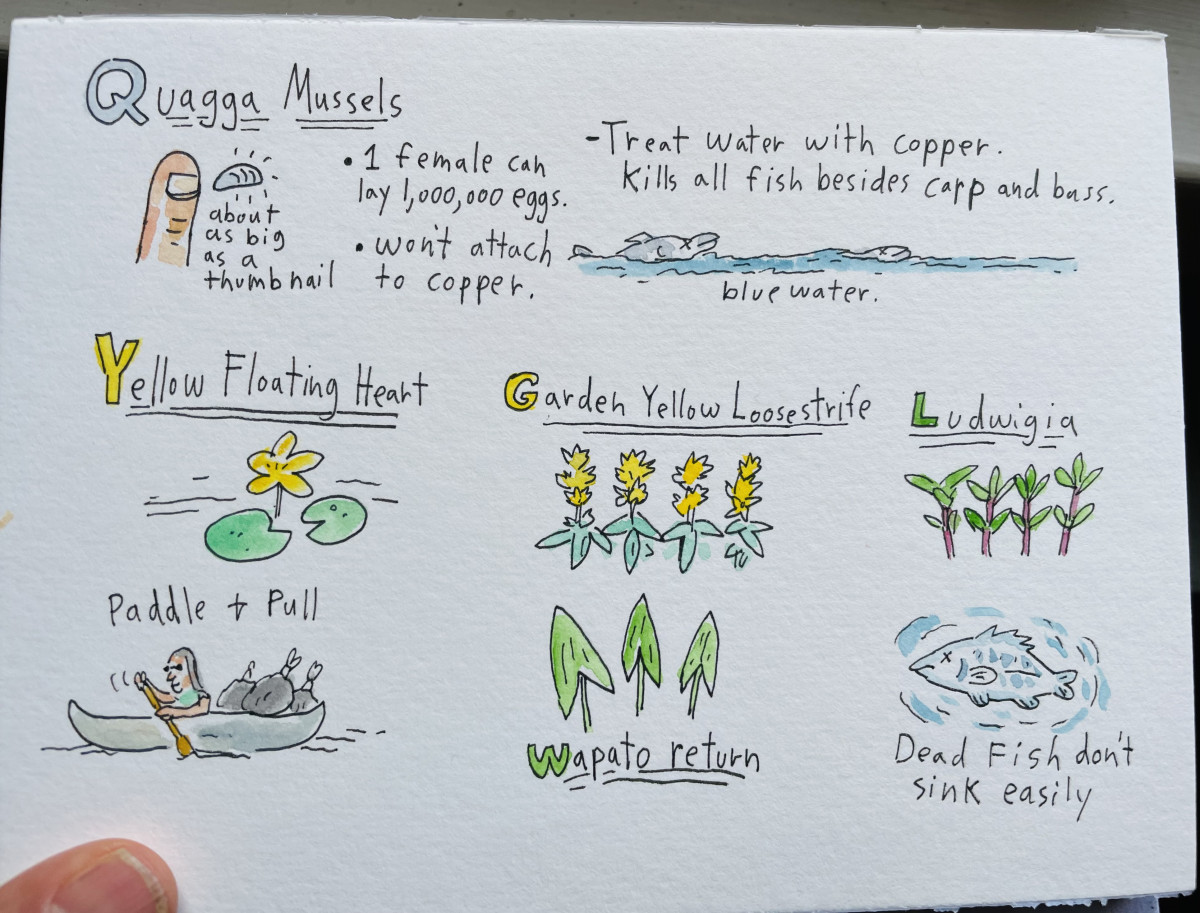
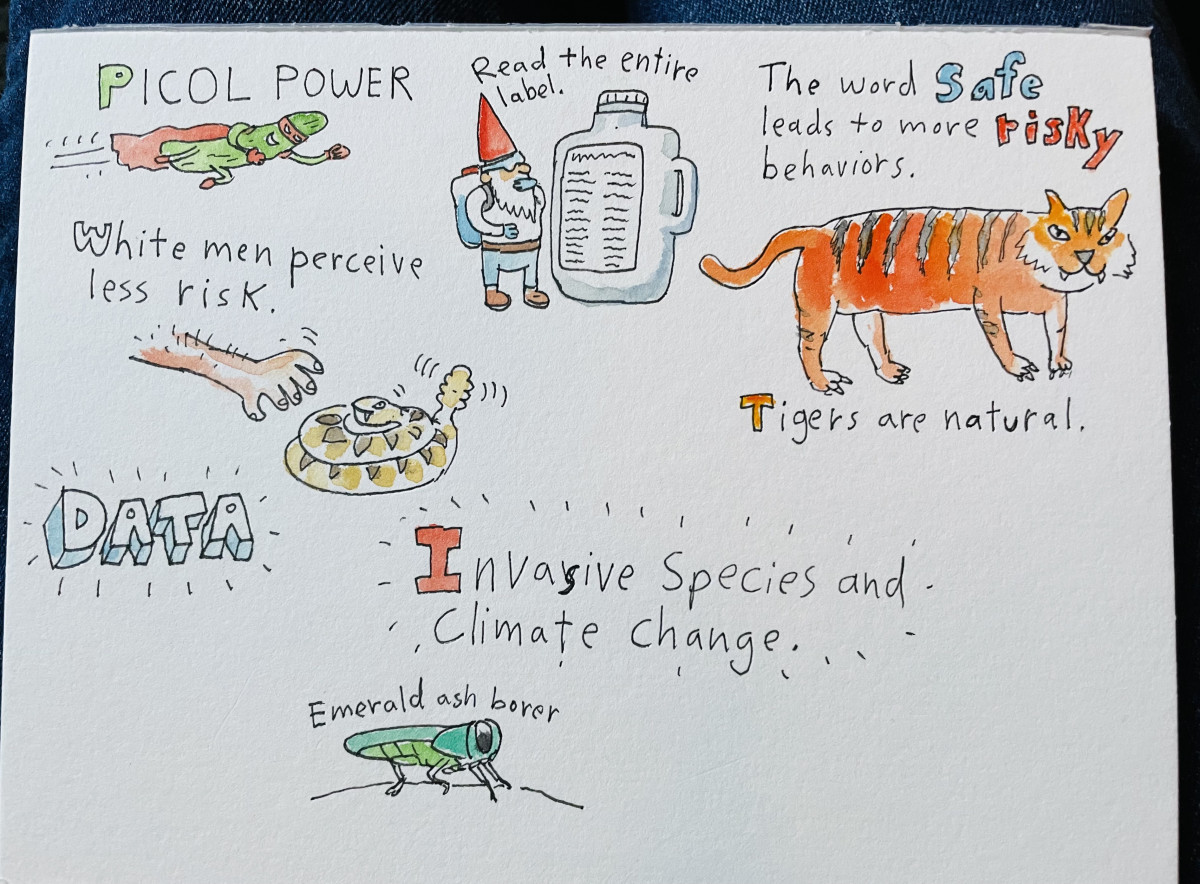
Scroll through the symposium's photos and relive all the fun!
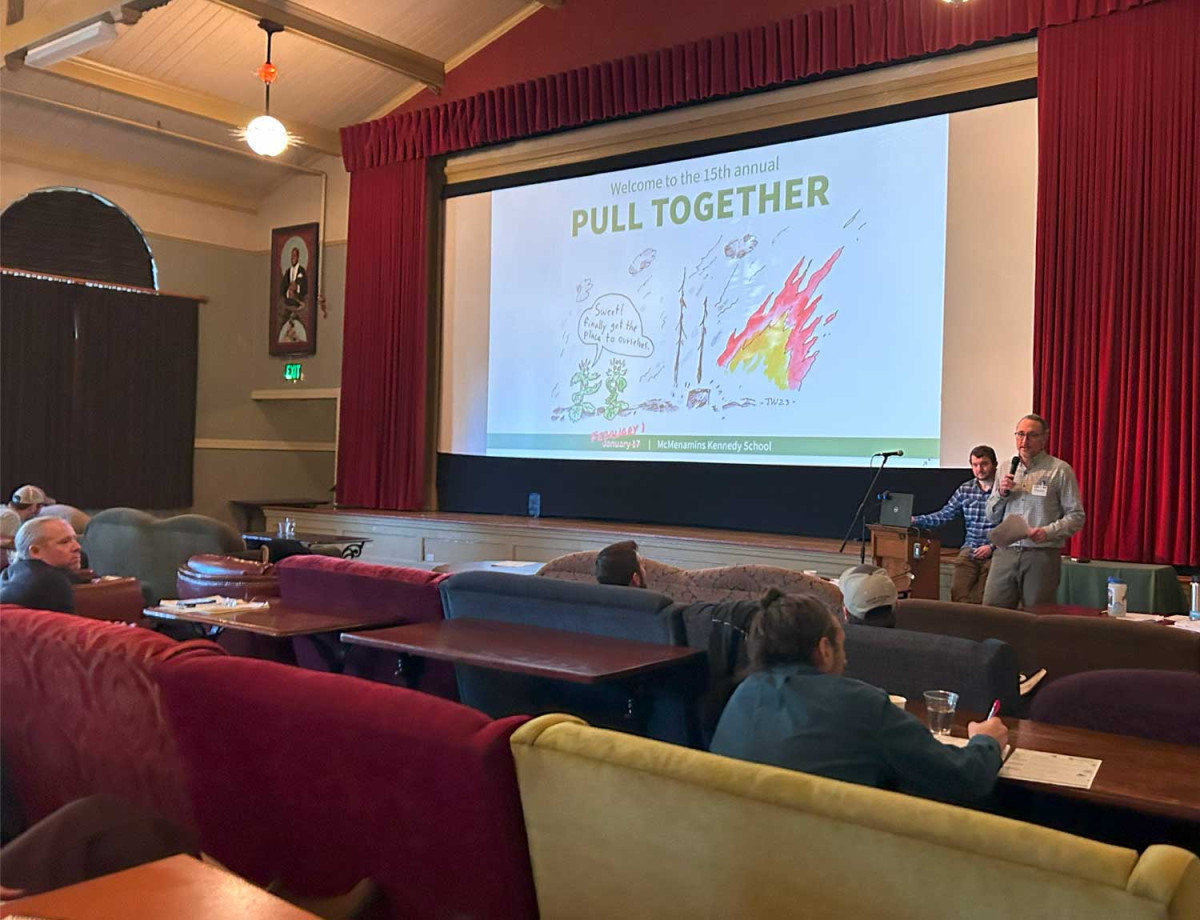
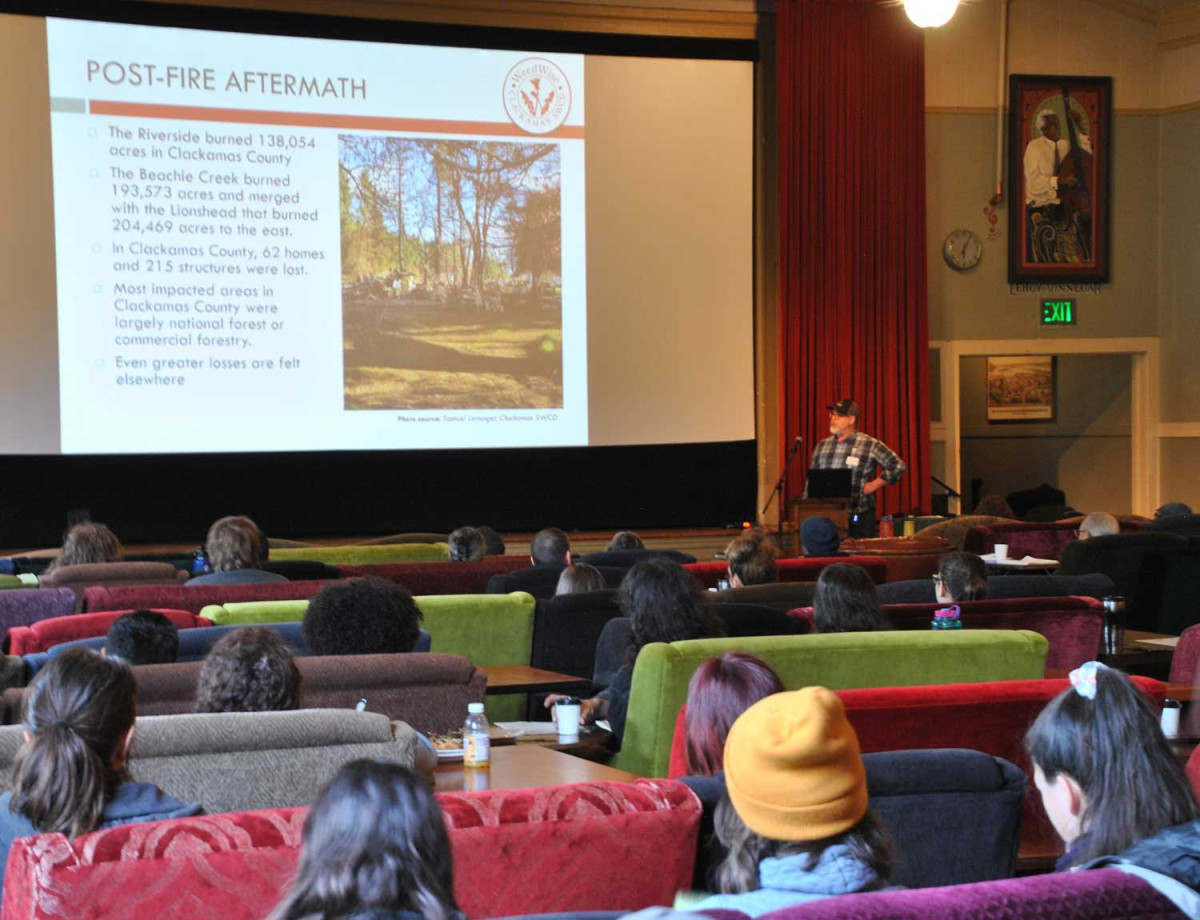
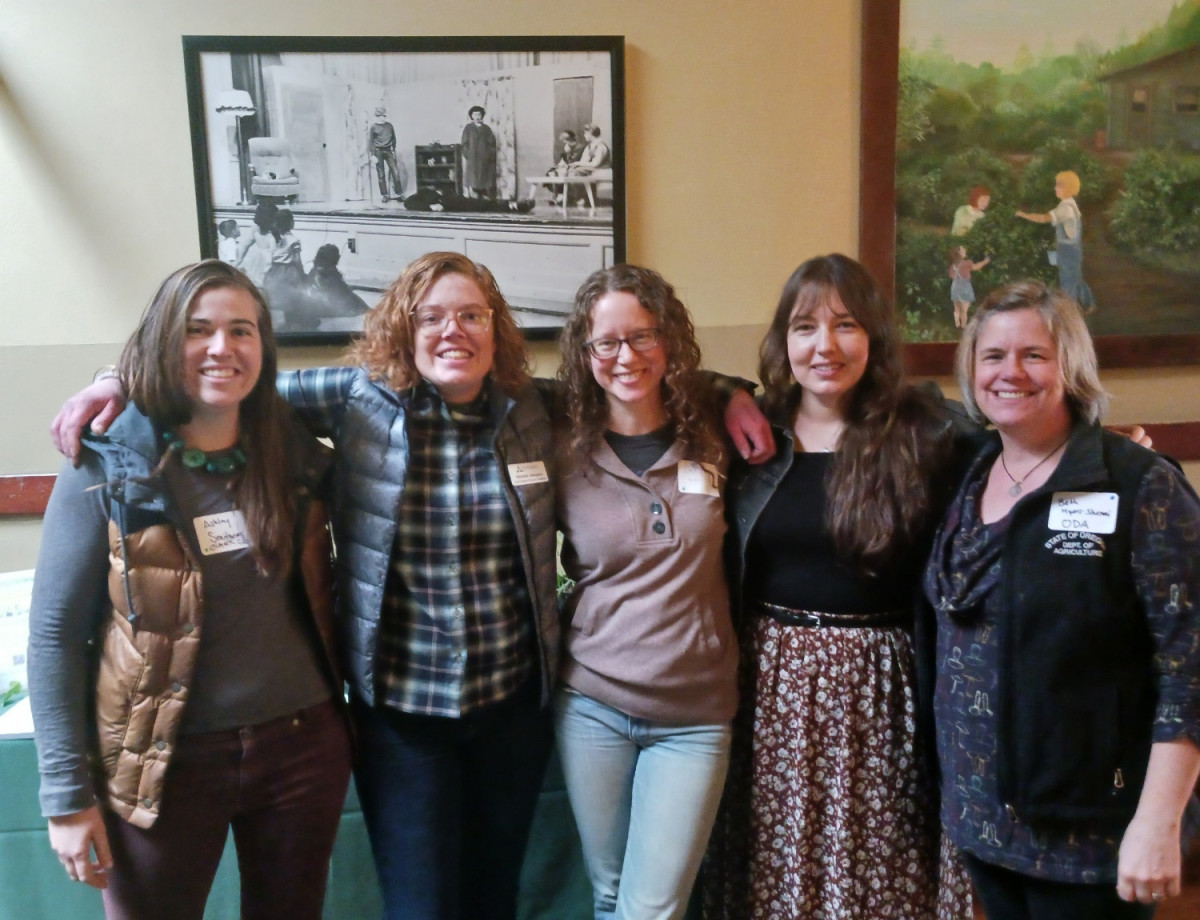
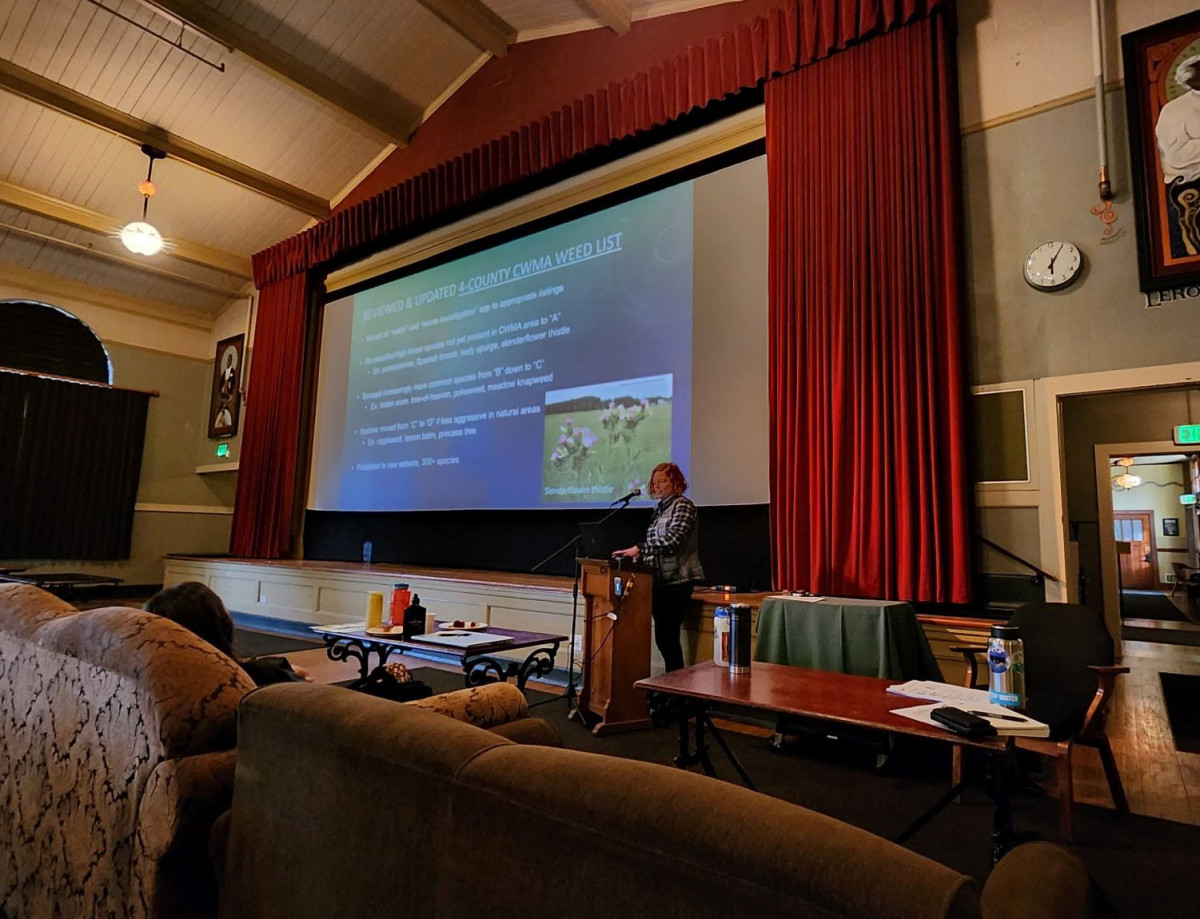
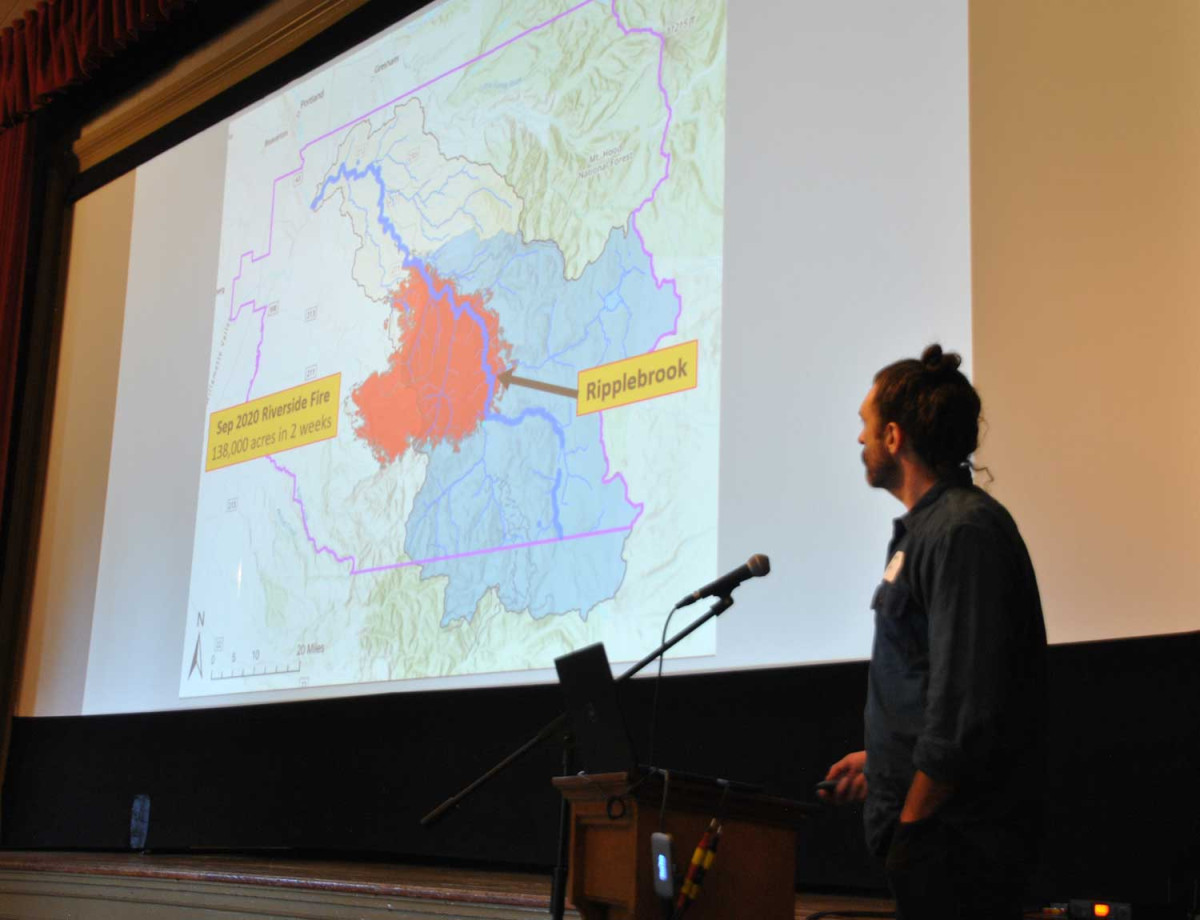
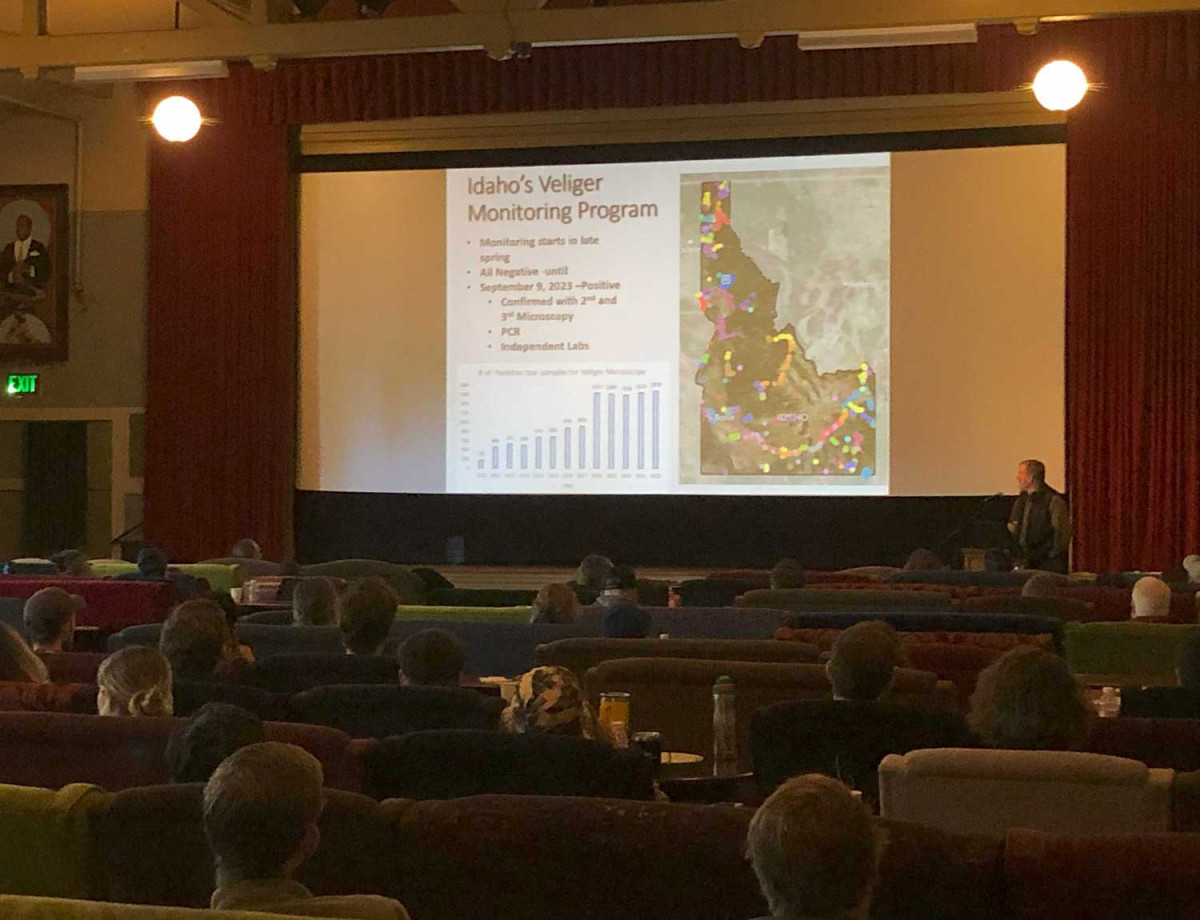
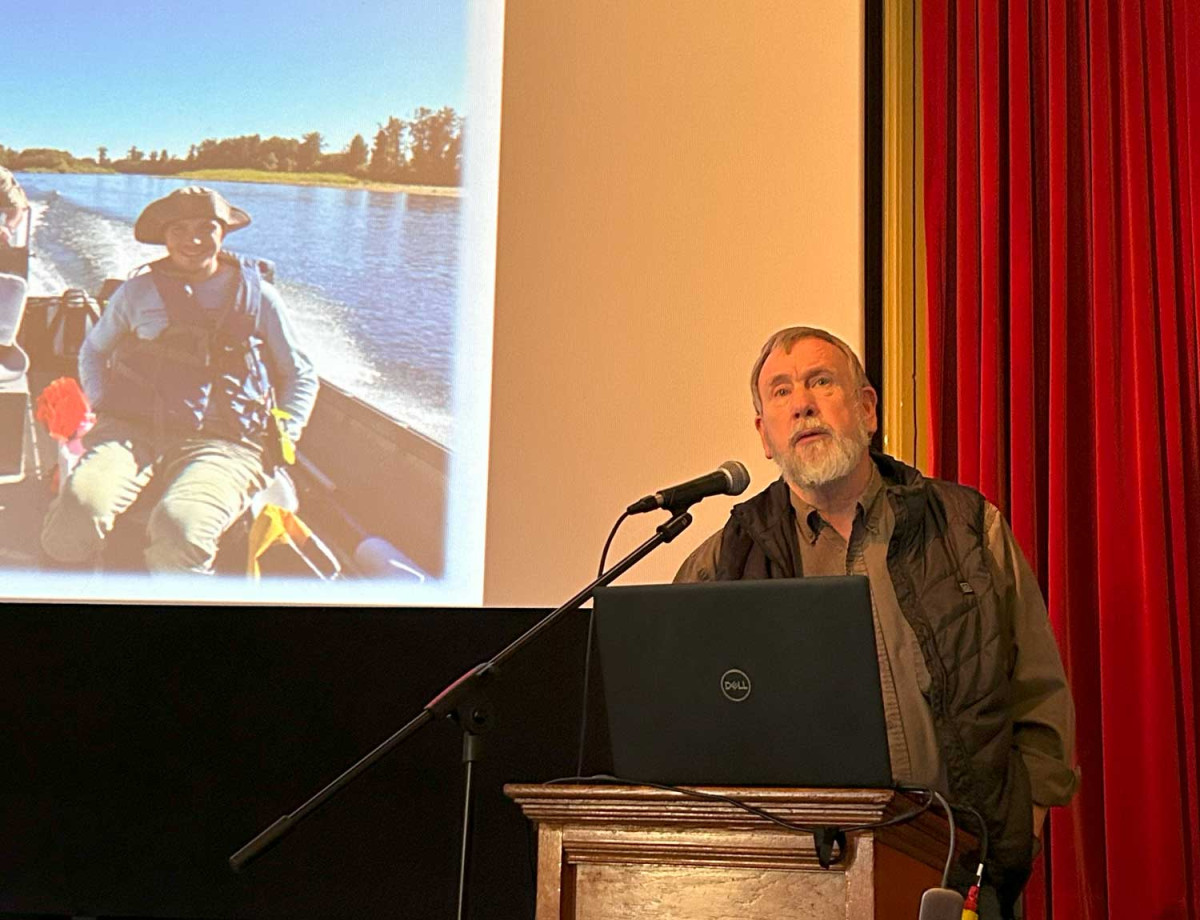
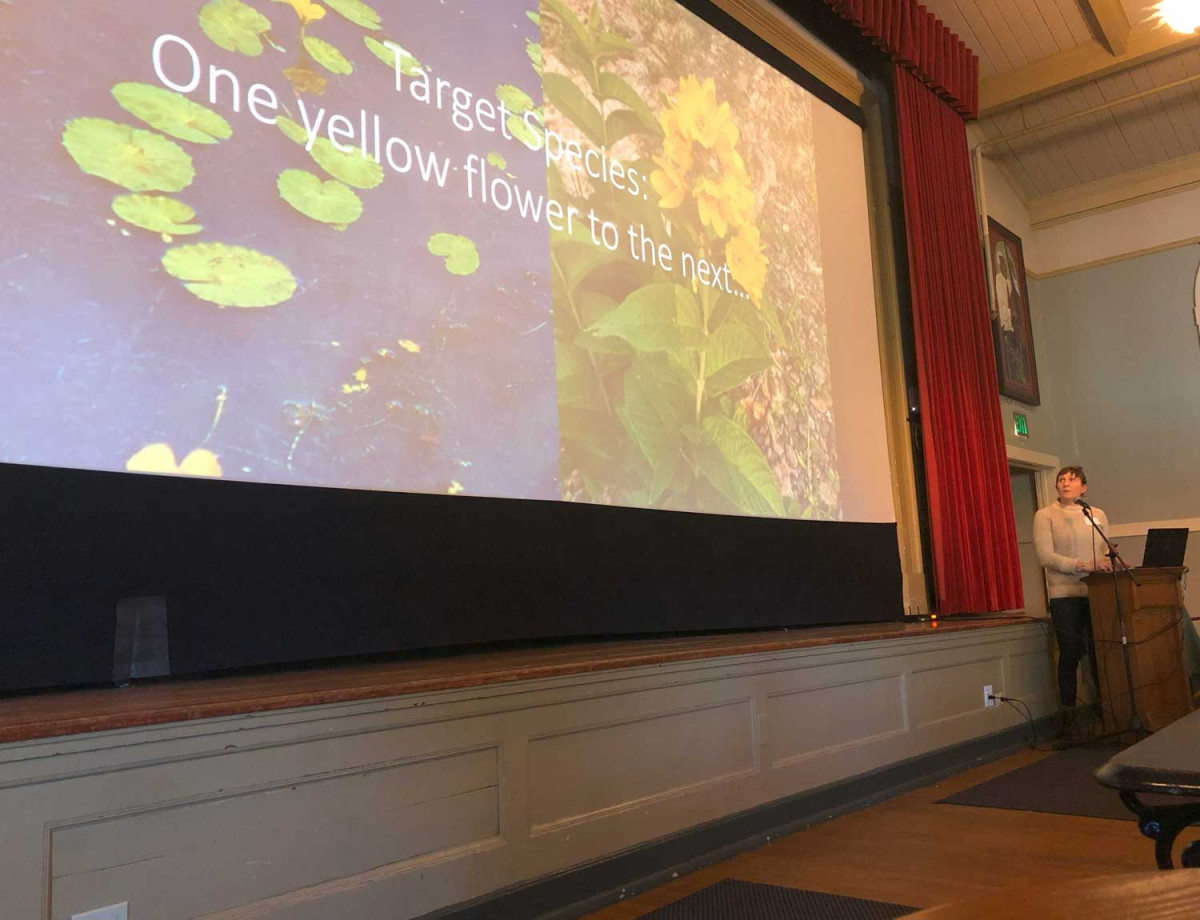
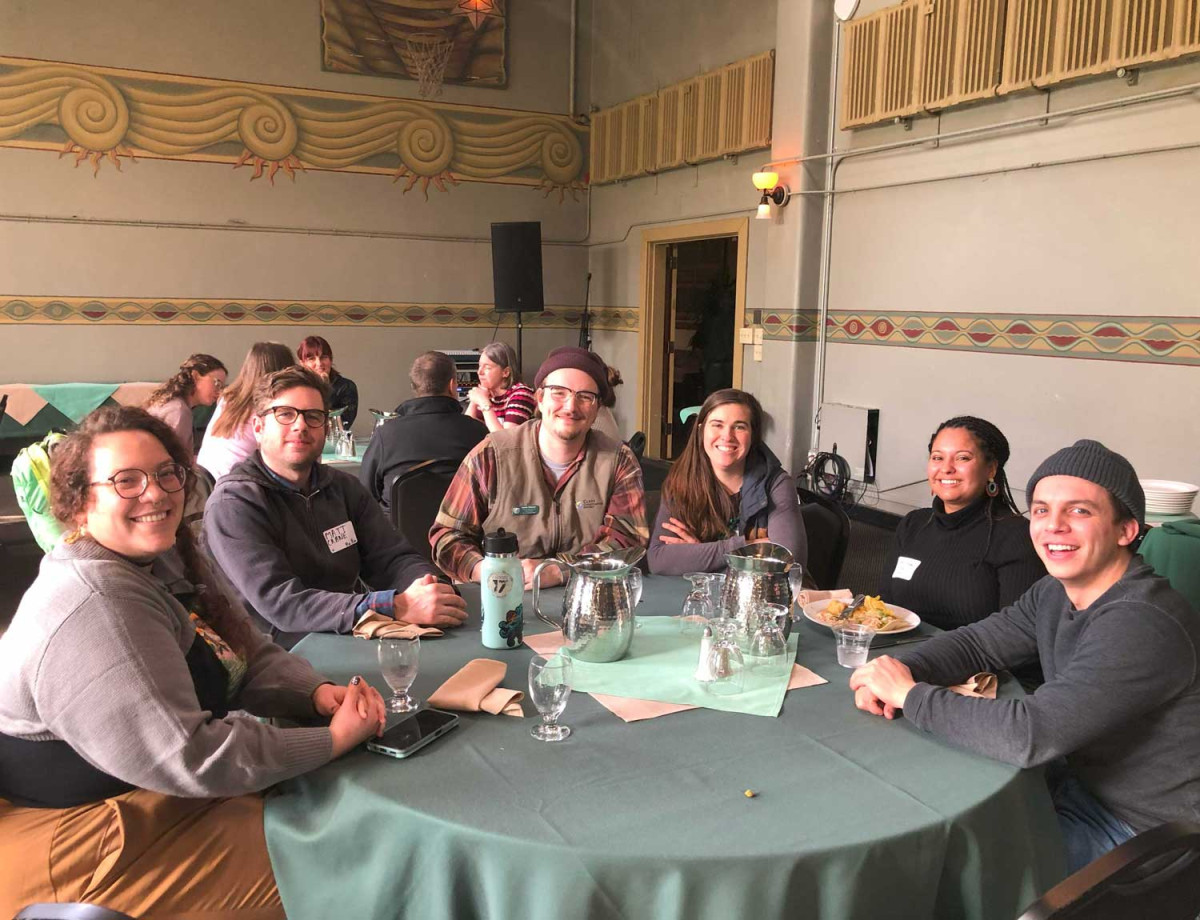
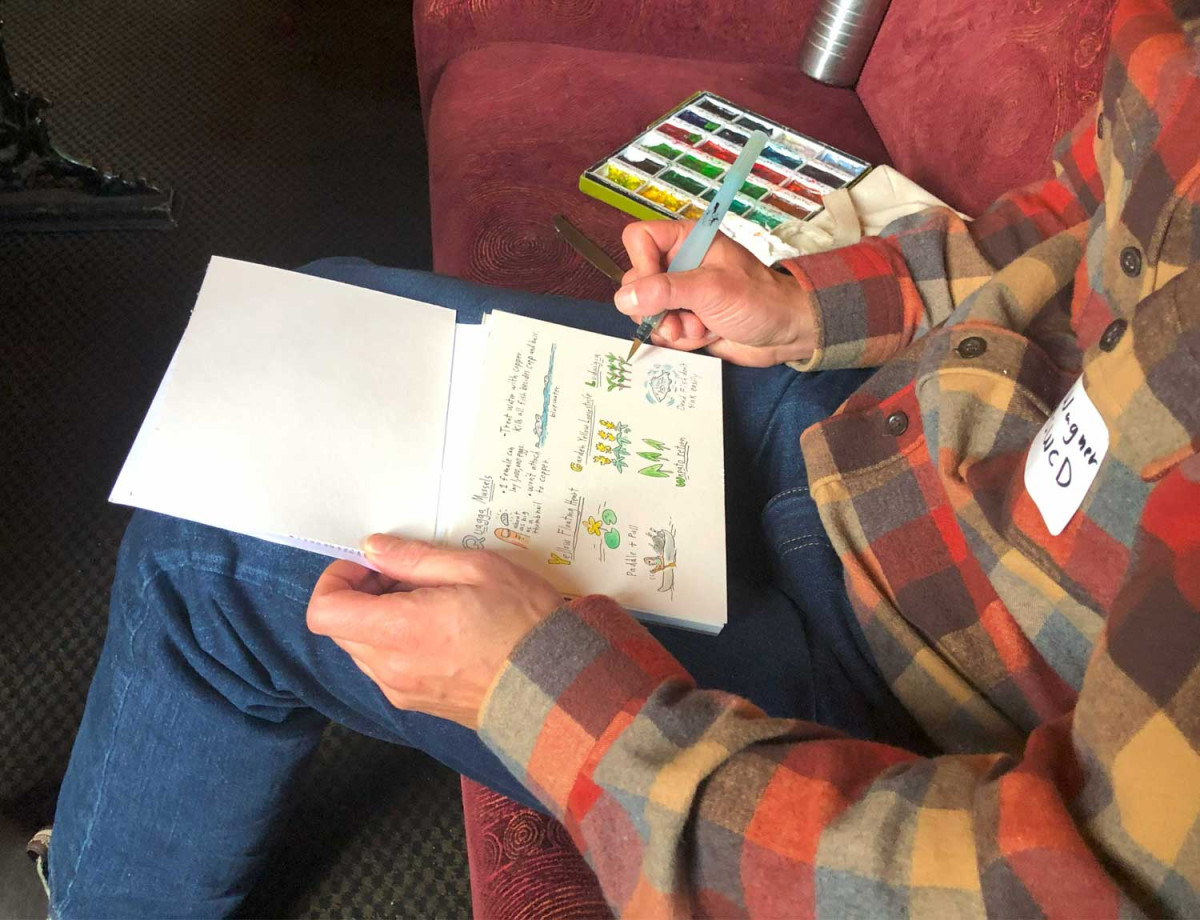
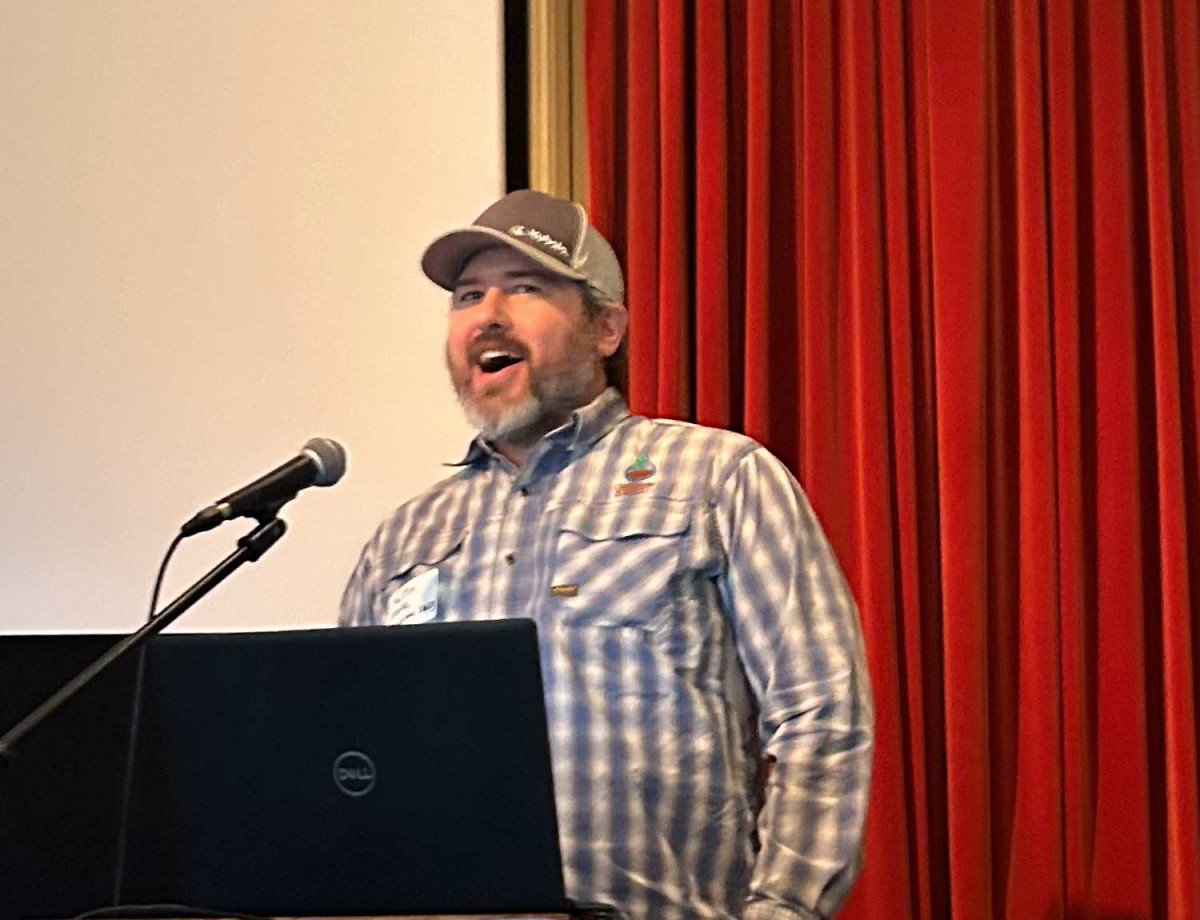
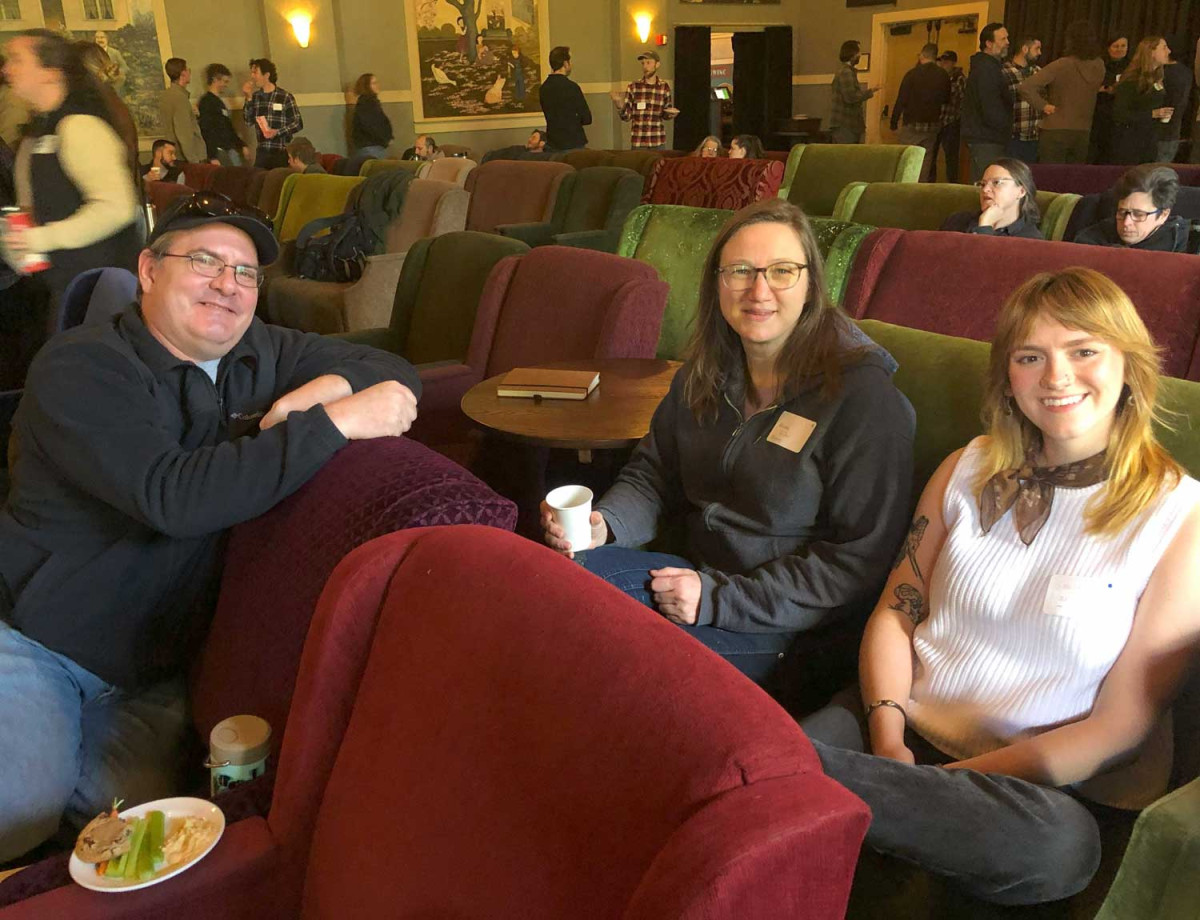
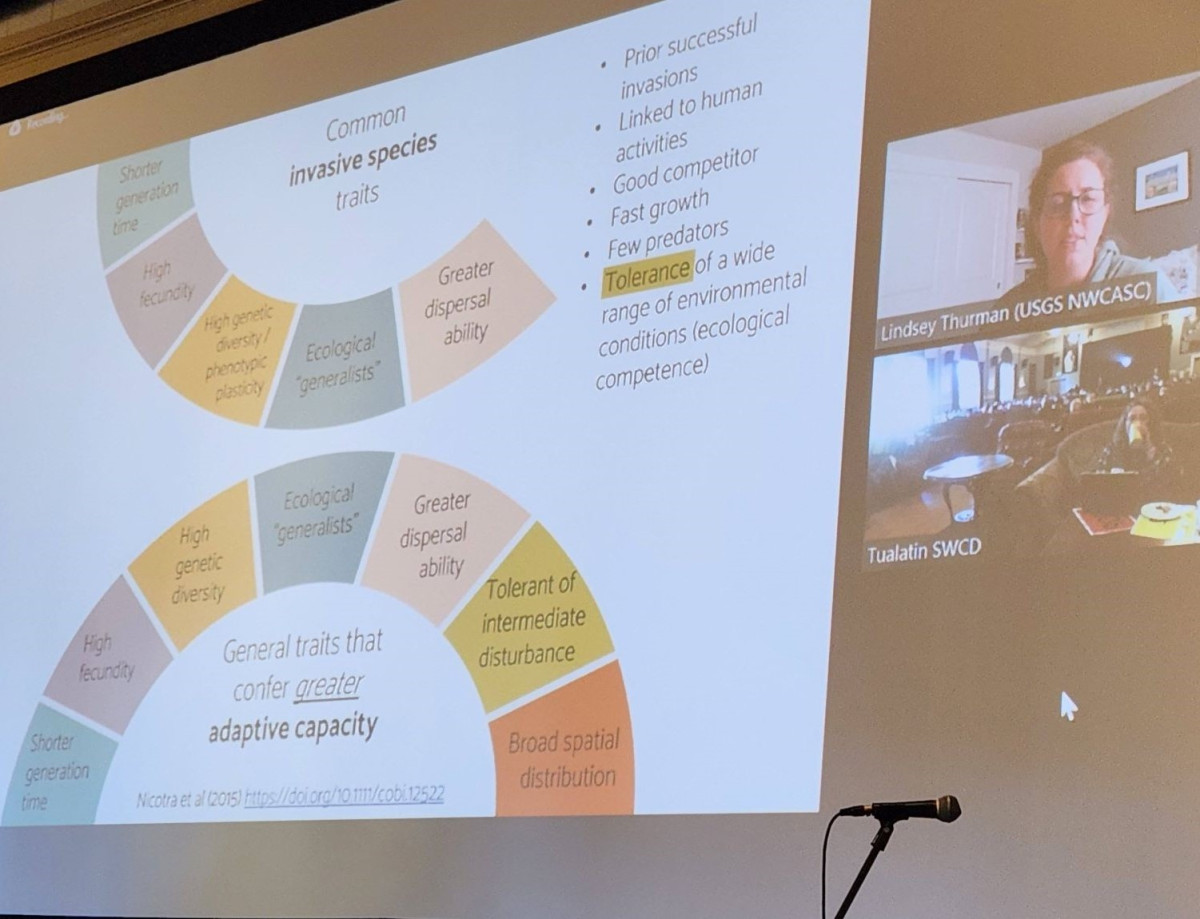
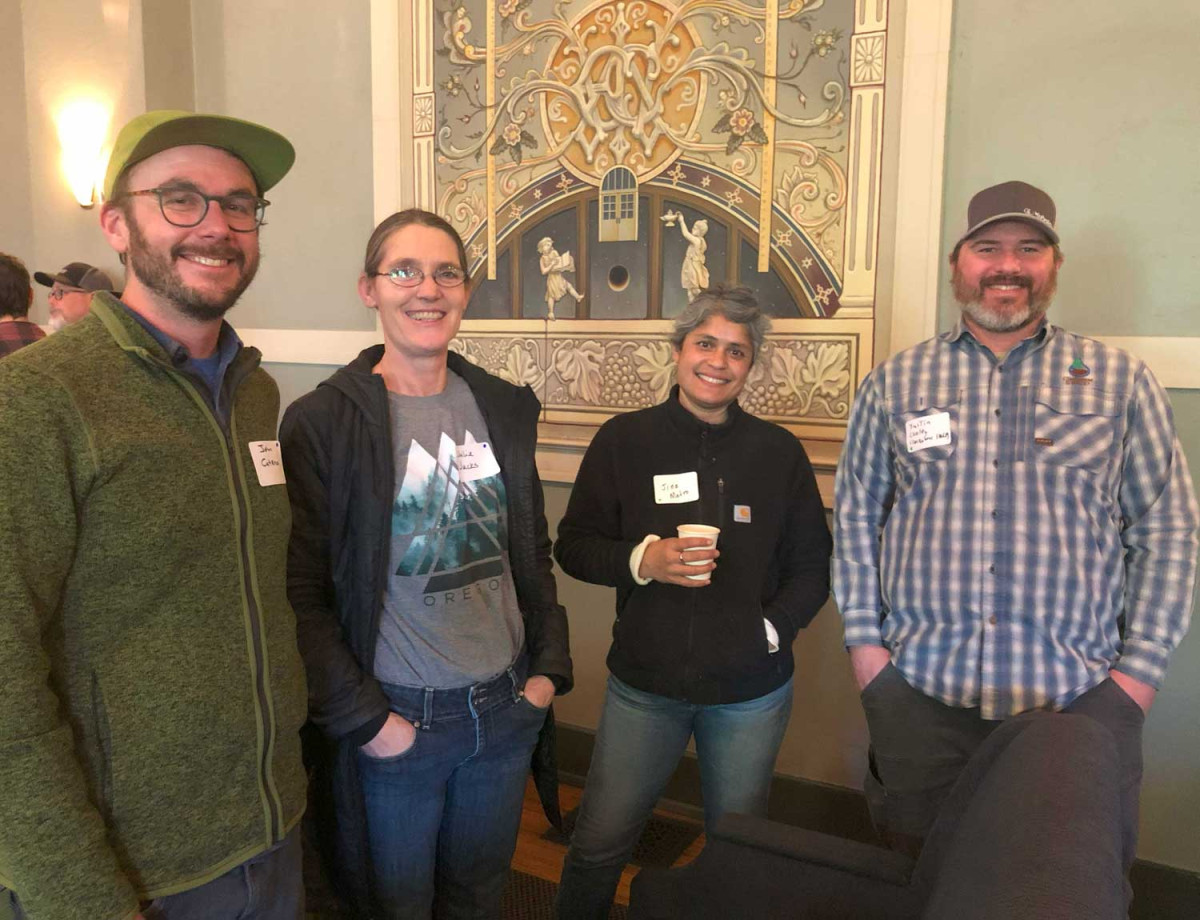
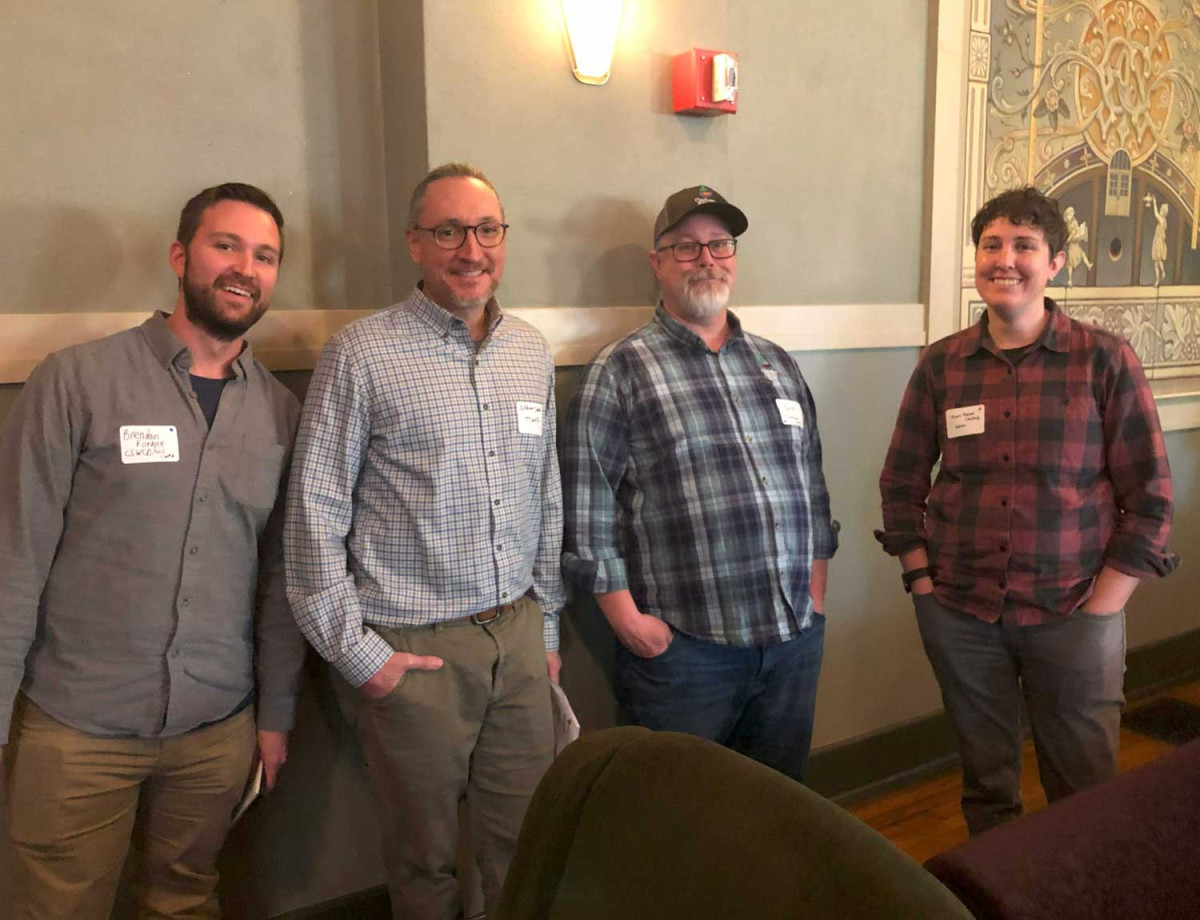
Expand the section below to view the event's presentation recordings and slide decks.
Event Agenda (PDF)
Note: Presentation recordings and slide decks are embedded in the agenda.
9 am | Welcome Remarks & 4-County CWMA Highlights
Andrew Felton (Tualatin SWCD)
9:15 am | A Word From WIN
Slide Deck | Courtney Gattuso (Western Invasives Network)
9:25 am | 4-County CWMA Highlights
Slide Deck | Michelle Delepine (West Multnomah SWCD)
9:30 am | After the Black: Experiences in Post-Fire Invasive Plant Management
Slide Deck | Sam Leininger (Clackamas SWCD)
Slide Deck | Justin Cooley (Clackamas SWCD)
Slide Deck | Monte Mattsson (Clackamas SWCD)
Slide Deck | Chris Aldassy, (East Multnomah SWCD)
10:40 am | MORNING NETWORKING
11:00 am | Idaho’s Quagga Mussel Discovery and Treatment
Slide Deck | Rick Boatner (Oregon Department of Fish & Wildlife)
11:30 am | Managing Aquatic Invasive Species on the Willamette River
Slide Deck | Vanessa Youngblood (Willamette Riverkeeper)
12:00pm | Q & A for Invasive Species on the Horizon Presentations
12:10 pm | LUNCH
1:10 pm | Avoid Getting into a Pickle, use PICOL
Slide Deck | Presentation Recording | Rachel Bomberger (Washington State University)
1:40 pm | Strategies for Talking about Pesticides with the Public
Slide Deck | Presentation Recording | Kacie Buhl (OSU Pesticide Safety Education Program)
NPIC fact sheet: Tips for Talking about Pesticides
NPIC fact sheet: Minimizing Pesticide Exposure
2:10 pm | Q & A for Pesticide Presentations
2:20pm | AFTERNOON NETWORKING
2:40 pm | 4-County CWMA Highlights
Aaron Shaw (Tualatin SWCD)
Slide Deck | Tyler Pedersen (Tualatin SWCD)
2:50pm | Flipping the Script on Adaptive Capacity: Characterizing invasive species’ ability to persist in place or shift in space
Slide Deck | Presentation Recording | Lindsey Thurman (US Geologic Survey)
3:25pm | Comics & Closing Comments
Jon Wagner (East Multnomah SWCD)
Aaron Shaw (Tualatin SWCD)
4 PM | Happy Hour
Expand the section below to learn more about our speakers and see their contact information.
Samuel Leininger, Clackamas SWCD WeedWise Program (he/him), sleininger@conservationdistrict.org
Justin Cooley, Clackamas SWCD WeedWise Program (he/him), jcooley@conservationdistrict.org
Monte Mattsson, Clackamas SWCD WeedWise Program (he/him), mmattsson@conservationdistrict.org
Chris Aldassy, East Multnomah SWCD (he/him), chris@emswcd.org
Presentation title: After the Black: Experiences in Post-Fire Invasive Plant Management
Combined Bios: Chris, Justin, Sam, and Monte have more than 65 years of combined experience in natural resource management and invasive species ecology and management. They all are currently employed by Soil and Water Conservation Districts within the 4-County CWMA. They are actively managing invasive species planning and response efforts following several major wildfires affecting thousands of acres of public and private lands in our region.
Rick Boatner, Oregon Department of Fish & Wildlife, Rick.j.boatner@odfw.oregon.gov
Presentation title: Idaho’s Quagga Mussel Discovery and Treatment
Bio: Rick has worked for the Oregon Department of Fish and Wildlife for 32 years and will soon be retiring (congrats Rick!) Rick manages the state’s watercraft inspection program, the Wildlife Integrity program which includes the feral swine program, the Wildlife Control Operators program, and assists with the Wildlife Rehabilitation program.
Vanessa Youngblood, Willamette Riverkeeper (she/her), vanessa@willametteriverkeeper.org
Presentation title: Managing Aquatic Invasive Species on the Willamette River
Bio: As the Restoration Manager for Willamette Riverkeeper, Vanessa Youngblood has many roles to ensure successful management of Willamette River’s terrestrial and aquatic restoration projects. Through coordination and partner collaboration, Vanessa works relentlessly throughout the summer to survey, monitor, manage and treat 130 miles of the Willamette for aquatic invasive species. She also resumed coordination of the Willamette Aquatic Invasives Network in the hopes of reviving this partnership, to bring colleagues back together to communicate and share knowledge on the aquatic invasives that are threatening our watershed.
Rachel Bomberger, Washington State University’s Pesticide Resources and Education Program (she/her), rachel.bomberger@wsu.edu
Presentation title: Avoid getting into a pickle, use PICOL.
Bio: Rachel is a Publication Review Specialist with Washington State University’s Pesticide Resources and Education Program. On a yearly basis, Rachel reviews over 5,000 pesticide recommendations and roughly 1400 pesticide labels. Additionally, Rachel teaches pesticide applicators and the public about pesticide safety and integrated pest management. Prior to this role, Rachel was a plant diagnostician for WSU as well as the Nevada Department of Agriculture.
Kaci Buhl | Oregon State University Pesticide Safety Education Program (she/her), kaci.buhl@oregonstate.edu
Presentation title: Strategies for Talking about Pesticides with the Public
Bio: Kaci Buhl, MS is an Associate Professor of Practice at Oregon State University (OSU). She leads the Statewide Pesticide Safety Education Program, working to educate professional pesticide applicators. On the national level, Ms. Buhl is the Deputy Director of the Pesticide Educational Resources Collaborative, which creates pesticide manuals, exams, and other resources for professionals. She studied integrated pest management (IPM) at Michigan State University and previously coordinated the National Pesticide Information Center (NPIC).
Dr. Lindsey Thurman, USGS Northwest Climate Adaptation Science Center (she/her), lthurman@usgs.gov
Presentation title: Flipping the script on adaptive capacity: Characterizing invasive species’ ability to persist in place or shift in space.
Bio: Lindsey is an Ecologist for the USGS Northwest Climate Adaptation Science Center. Her role with the NW CASC is to engage with stakeholders in the region and identify needs related to climate adaptation, including strategies to enhance adaptive capacity and reduce the vulnerability of at-risk species from climate change.